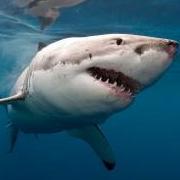-
Topics
-
Latest Update
-
1
-
0
WTS: Stripey
Letting go one L side Stripey. Cleared off all my Aptasia. Sent from my iPhone using Tapatalk -
0
-
0
WTB Orphek Atalantic Icon
Looking for Altantic Icon. Let me know if you have one for sale -
0
-







Recommended Posts
Join the conversation
You can post now and register later. If you have an account, sign in now to post with your account.